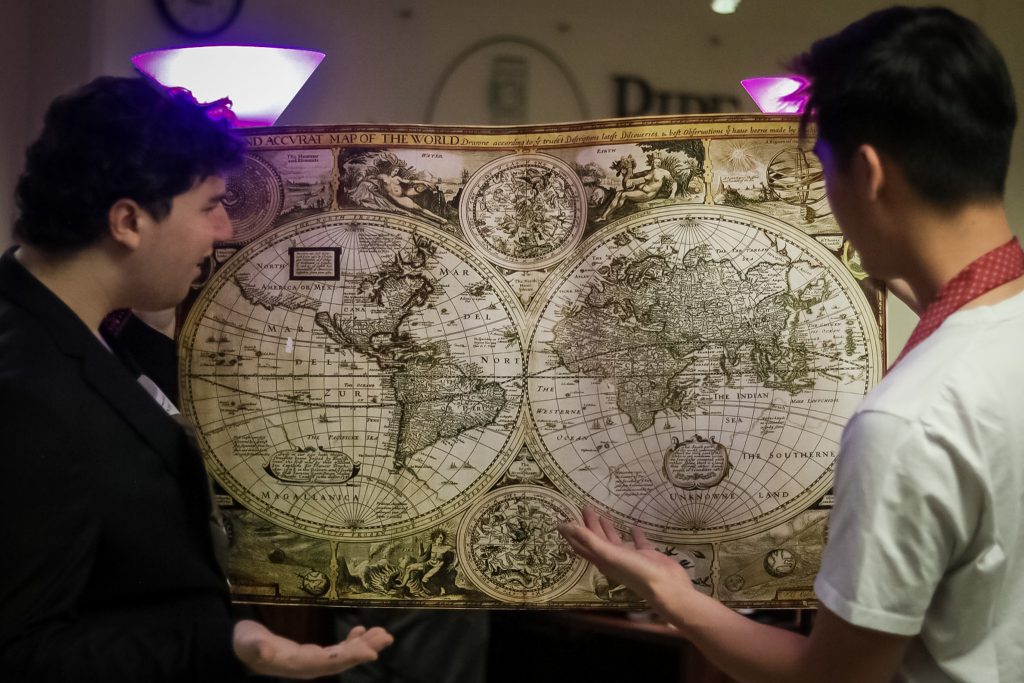Concepts of sex and sexuality are not stable. They are constantly in flux and changing as our society does. This will be a very brief overview of how male queer identity has changed over time in America since some of the first colonial settlements.
Puritan society in the 1600s was known for its strict rules governing acceptable sex. In their eyes, the only acceptable circumstances for sex to occur were within marriage and for strictly procreative purposes. Anything else was deeply looked down upon. Homosexual acts were encompassed in the list of deeds that were prohibited, along with acts such as premarital sex, extramarital affairs and anal and oral sex among opposite-sex couplings. However, homosexual acts were not equated with a homosexual identity. Indeed, the concept of homosexuality and a homosexual identity didn’t even exist yet. The punishment for homosexual acts was much the same as they were for other prohibited sexual acts — repent, accept your punishment, be it fines or something else, and then be welcomed back into the community.
LGBTQ+ historians generally accept the turning point for homosexual acts beginning to be regarded as a homosexual identity as coming with the rise of industrialization and urbanization as a result of the increasing dominance of capitalism in the late 1800s. This change in the economic and labor markets led many young people to leave their family homes and small towns for the first time in their lives in order to take up jobs in cities. Large cities promised a level of anonymity and privacy in public spaces that was impossible to achieve under the watchful eyes of one’s family in a small town. The resulting freedom allowed these people a chance to find and connect with like-minded people. Simultaneously, there was a rising scientific movement focused on the categorization of different peoples, and an effort to find a biological basis for these differences. Resulting from these came the concept of the “invert.”
The earliest conception of gay identity and homosexuality was explained by scientists in terms of gender inversion. These scientists posited that gay men were not in fact “real” men. Rather, gay men were thought to have a man’s body but contain a woman’s spirit, and it was this womanly spirit that made these people desire men sexually. As such, gay men were sometimes referred to as a “third sex,” not quite a man but not quite a woman either.
This idea of a gay identity being tied to gender inversion was supported by the most visible queer figure of the time being that of the “fairy.” Fairies were gay men who dressed and behaved in a feminine manner. Men who slept with fairies, however, were not considered queer. Rather, they were “normal” men. Since being gay was inherently tied with the idea of gender presentation, those who slept with fairies, as long as they maintained a traditionally masculine role, were not thought of as queer. Of course, there absolutely were queer men in this time period who were not stereotypically feminine, but the image of the fairy was much more prominent.
Once again, though, a shift started to occur in the early 1900s. Before the shift to industrialization, men affirmed themselves as men by their ability to support a family and economic independence. But in this era women were beginning to join the labor force themselves and most people were no longer able to be their own bosses. In turn, men started looking for new ways to affirm their masculinity. Beginning in the middle class, men started to craft the identity of a heterosexual, someone who exclusively desired the opposite sex — cis women. These middle-class men who adopted the identity of a heterosexual turned to scorn “normal” men who slept with effeminate gay men, seeing them as not “real” men. This in turn further expanded and solidified the gay identity. The queer identity now was thought of less in terms of gender presentation and more in terms of the desire to have sex with men at all, much more in line with how we perceive the queer identity today.



